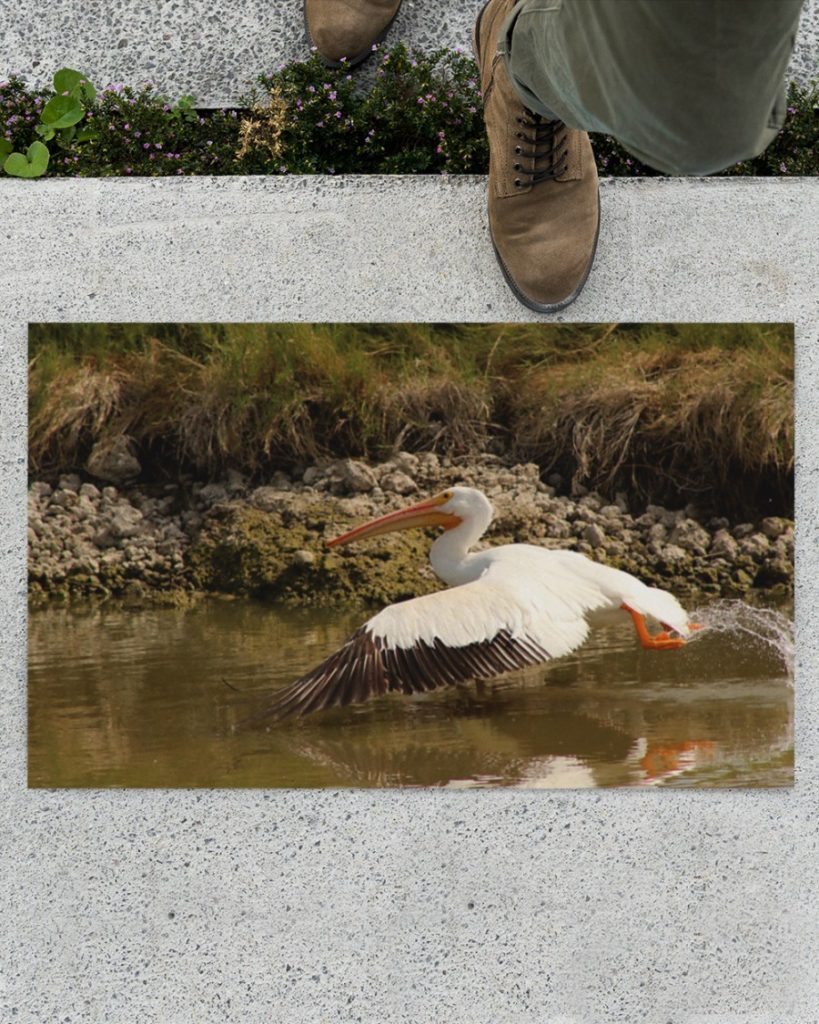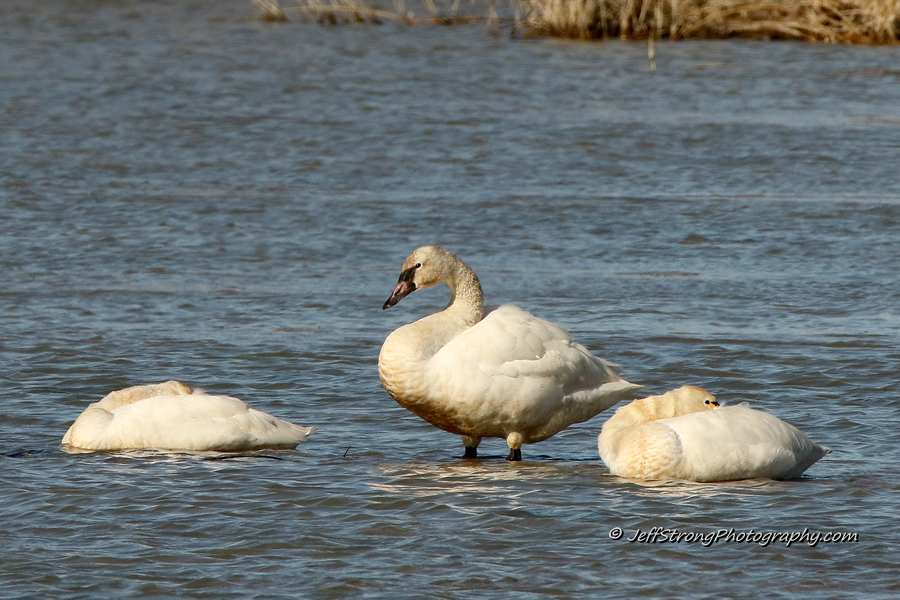If you’ve been reading this blog for very long, you have certainly noticed my ever-growing fondness for the great blue heron.
It might even be an obsession of sorts, if truth be known, especially during the cold winter months when great blue herons can be seen hunkering over a small hole in the ice like a determined fisherman patiently waiting for his line to get bit.
This love for great blue herons has gone as far as writing a blog post regarding an idea I recently had about the need for a great blue heron rookery on the Bear River Migratory Bird Refuge but, unfortunately, the idea was turned down by refuge management soon after I posted it online.
Well, despite my great disappointment, I still do have some hope for a heron rookery to be built someday down the line on the bird refuge auto tour route but for now, my attention is turned to another location, Farmington Bay, that could definitely put a great blue heron rookery to good use.
Now I know what some of you are saying, there is already a great blue heron rookery at Farmington Bay so why do we need another one?
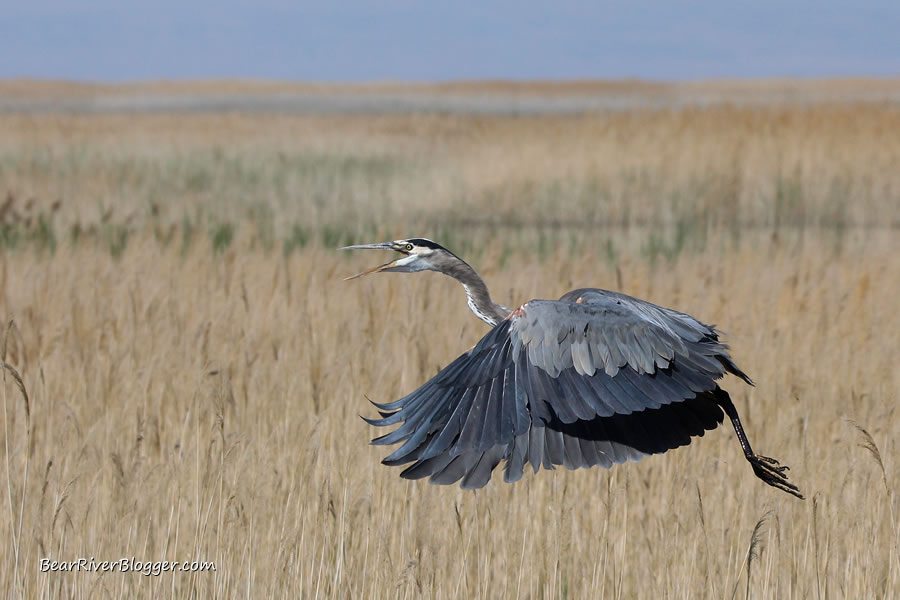
That is a great question so let me explain.
Yes, Farmington Bay does indeed have a heron rookery that, from what I’ve been told, has stood for nearly 20 years or so, and it’s a great one at that as the towering man-made structure is oftentimes filled to capacity with herons during each breeding season.
The heron rookery also offers some incredible opportunities for bird watchers and photographers alike to come and watch the miracle of life unfold each and every spring when it is full of nesting great blue herons tending to their parental duties.
And that is exactly my point why a second heron rookery should be built at Farmington Bay, it has been a huge success with not only the visitors but the herons as well.
When all of the nesting platforms are working and in good shape, there are currently 18 available nests for great blue herons to pick from.
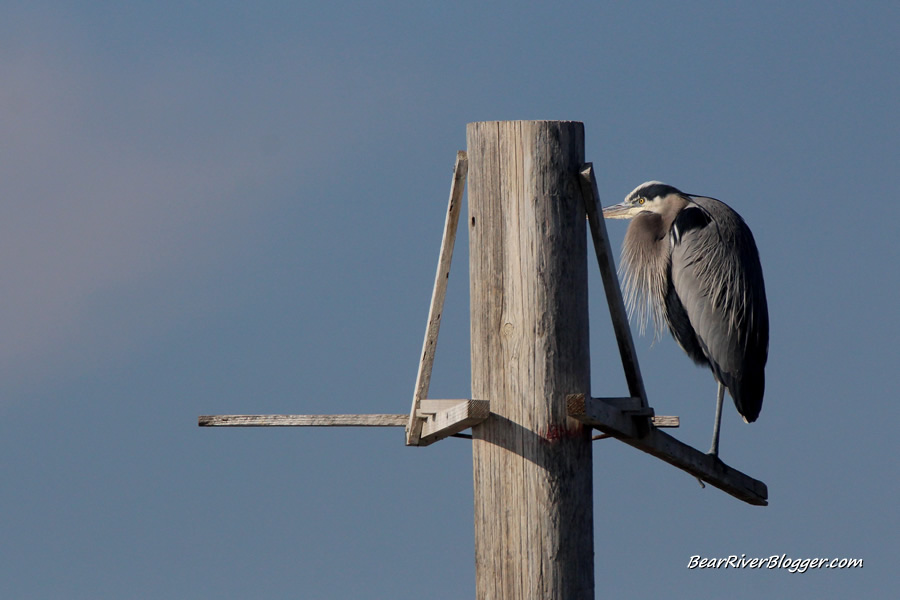
Last year during the spring of 2021, Billy Fenimore, who is the manager at the Eccles Wildlife Education Center where the heron rookery is located, counted 65 heron chicks that were raised on the structure, including a few pairs of great blue herons that nested again that same summer.
Think about that for a moment, 65 great blue herons were raised in one year on 6 telephone poles with simple wooden platforms.
I don’t know about you but I call that a huge success, one that the public is treated to each and every year in an up-close and personal way just a few dozen yards away or more.
Historically, Farmington Bay was home to a natural heron rookery in the past, old trees that lined part of the preserve until they eventually fell over from what is believed to be beaver damage.
A small natural heron rookery still does exist on the Eccles center nature trail that attracts not only great blue herons but black-crowned night herons as well,
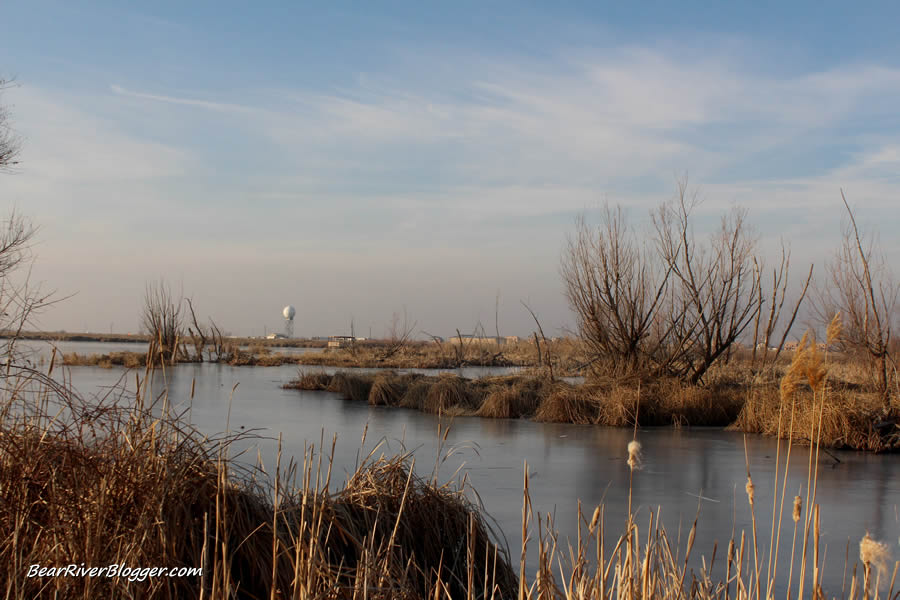
But, unfortunately, it is believed raccoons wreak havoc on the low-lying nests each year, sadly putting a limit on the natural rookery’s nesting success.
Great blue herons nest in colonies and prefer to do so high up above the ground, keeping their nests away from land-borne predators.
It has been known for years, great blue herons will nest on the ground when no trees or other structures are available, making their eggs and young much more vulnerable to raccoons, skunks, and other terrestrial predators, but great blue herons do, in fact, prefer to be up above and off the ground to nest whenever possible.
Artificial heron rookeries do, however, have a downside, they need to be maintained from time to time as the wooden platforms and perches do rot and break over time.
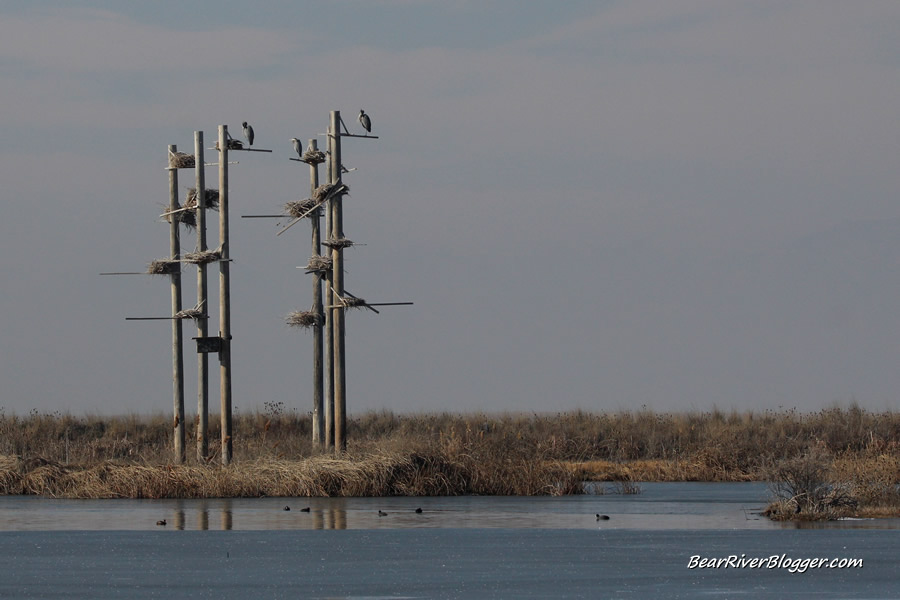
The great blue heron rookery at Farmington Bay is actually in need of a little care and maintenance on a few of the nesting platforms, but this is where the public can and, in this particular case, is stepping up to help.
The great blue heron rookery is slated (but delayed by covid) to get a makeover by an enthusiastic and eager boy scout working on his eagle project, so even though the rookery is not fully up to par, it does give opportunities for the public to come and get involved in the preservation of birds.
Another rookery adds more opportunities for the public to come and enjoy nature as well as an opportunity for wildlife agencies to inform and educate the public about the wonders of nature.
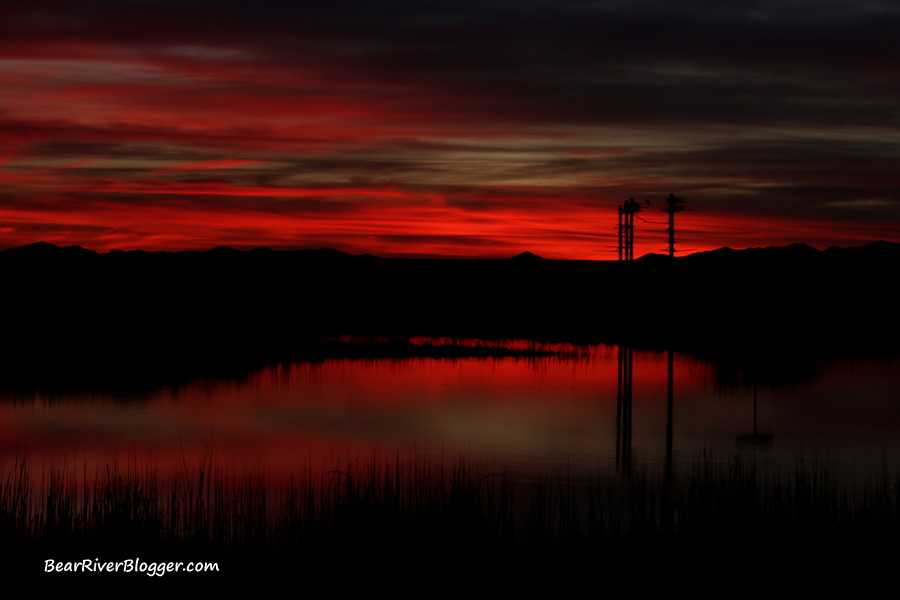
And isn’t that what having a wildlife preserve should be all about, enlightening and gaining the interest of the public?
It is also hoped that someday a camera can be attached to one of the nests on the rookery for a live feed heron-cam for those individuals not able to come to enjoy it in person.
So, all in all, artificial heron rookeries, although they aren’t exactly “natural habitat” do offer an excellent spot for great blue herons to successfully nest away from predators while entertaining and enlightening the public at the same time.
Increasing heron breeding success, enlightening the public, and giving the Utah DWR an opportunity to educate the public about wildlife in Utah, seems like a win-win-win situation to me.
If you have comments about the heron rookery, email Billy Fenimore, Manager of the Eccles Wildlife Education Center, with your thoughts about adding a second great blue heron rookery at Farmington Bay.
Don’t forget to head on over to our subscribe page and sign up for email notifications for future blog posts.
We appreciate your support and readership, and thank all who share posts on your favorite social media outlets, thus helping our website to continue to grow and get the word out about how interesting nature is and where and when to find it.
American White Pelican Doormat. Visit our online store for more information and to make a purchase.
